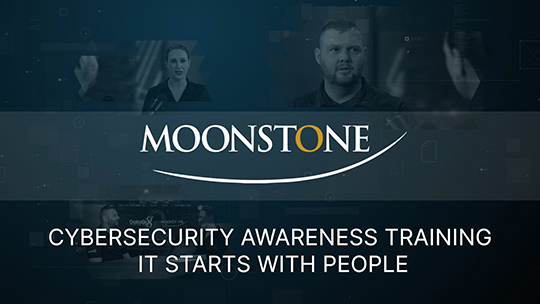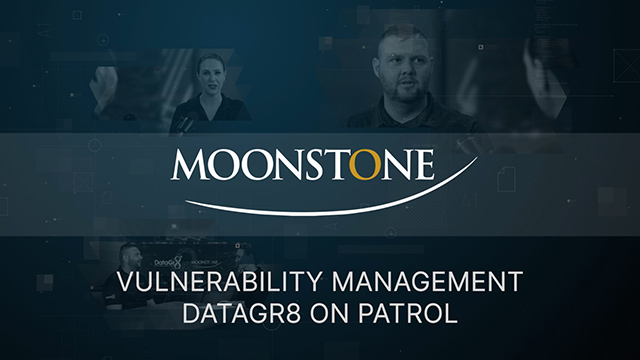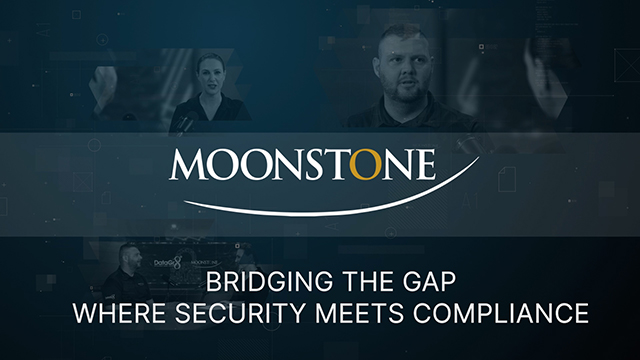The five pillars to surviving cybersecurity
The Joint Standard 1 of 2023 and the draft Joint Standard: Cybersecurity and Cyber Resilience Requirements, published by the FSCA and the Prudential Authority (PA), set the bar for cybersecurity practices, aiming to protect data, systems, and reputation. These standards align closely with the NIST cybersecurity framework, which includes five key functions: Identify, Protect, Detect, Respond, and Recover.
Read More







